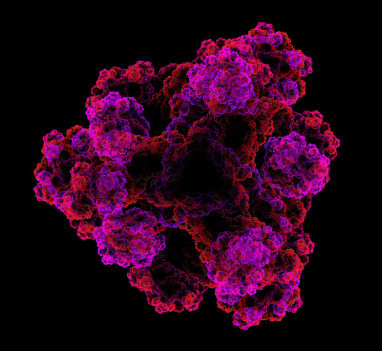All HLA antigens are composed of strings of several polymorphic sites, which may serve as targets, or epitopes, for antibody binding. An important consideration is that HLA antigens have multiple epitopes that can be recognized by specific antibodies. The current nomenclature of the HLA system does not take into account the nature or identity of these epitopes. Elucidation of three-dimensional molecular structures and amino acid sequence differences between HLA antigens has made it possible to define the structural basis of HLA epitopes (reviewed by Tambur, Claas AJT 2015).
Why could this be important?
For certain HLA phenotypes a given mismatch has no or few mismatched epitopes and for other phenotypes, the same HLA antigen has many mismatched epitopes and is therefore, structurally highly incompatible. Altogether, the degree of structural compatibility of a donor HLA mismatch is largely determined by the HLA type of the recipient. Therefore, the level of epitope match may help identifying the best compatible donor. Furthermore, it may identify epitopes that are most immunogenic and lead to a greater risk of antibody generation post-transplant (Wiebe et al. AJT 2013).
How can you do this?
HLA Matchmaker, a computer algorithm available for free at www.hlamatchmaker.net, determines histocompatibility at the epitope rather than antigen level. Therefore, it can provide an estimate of the degree of epitope matching or mismatching.
Who would benefit the most?
Highly sensitized patients with difficult matches and younger patients to minimize risk of de novo DSA development post-transplant.

